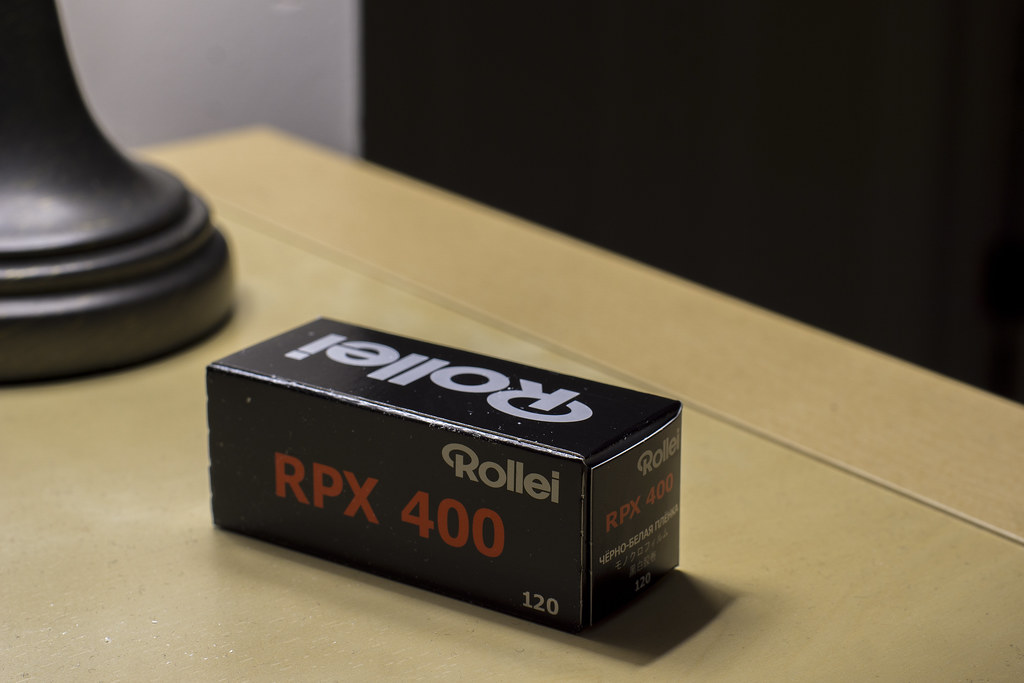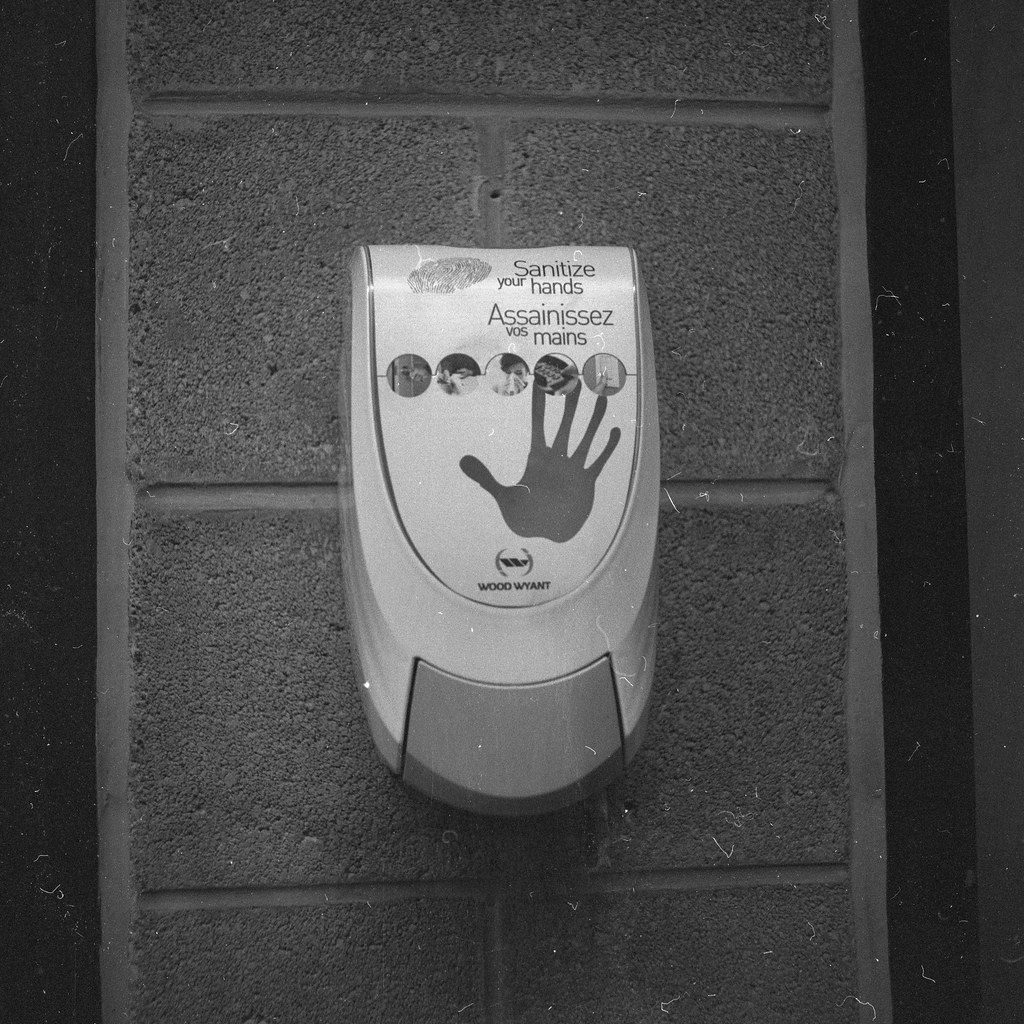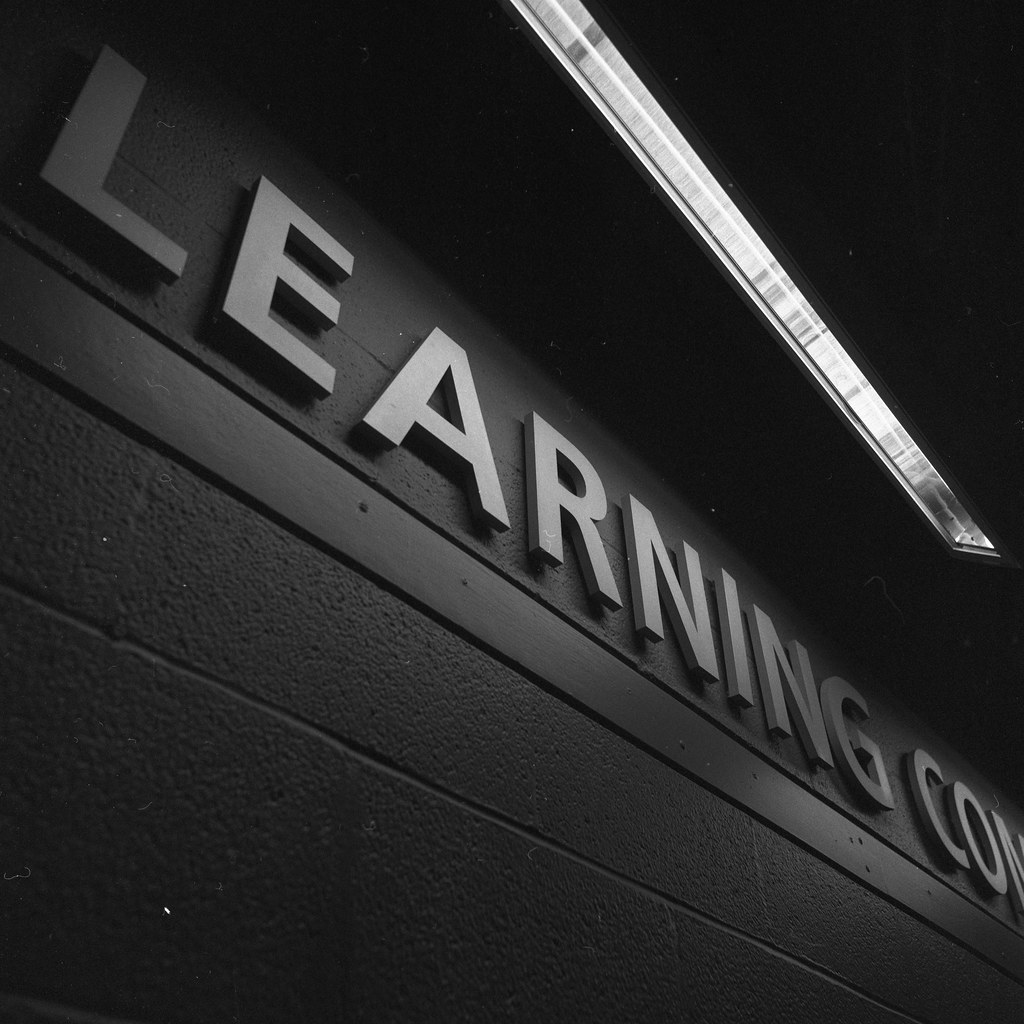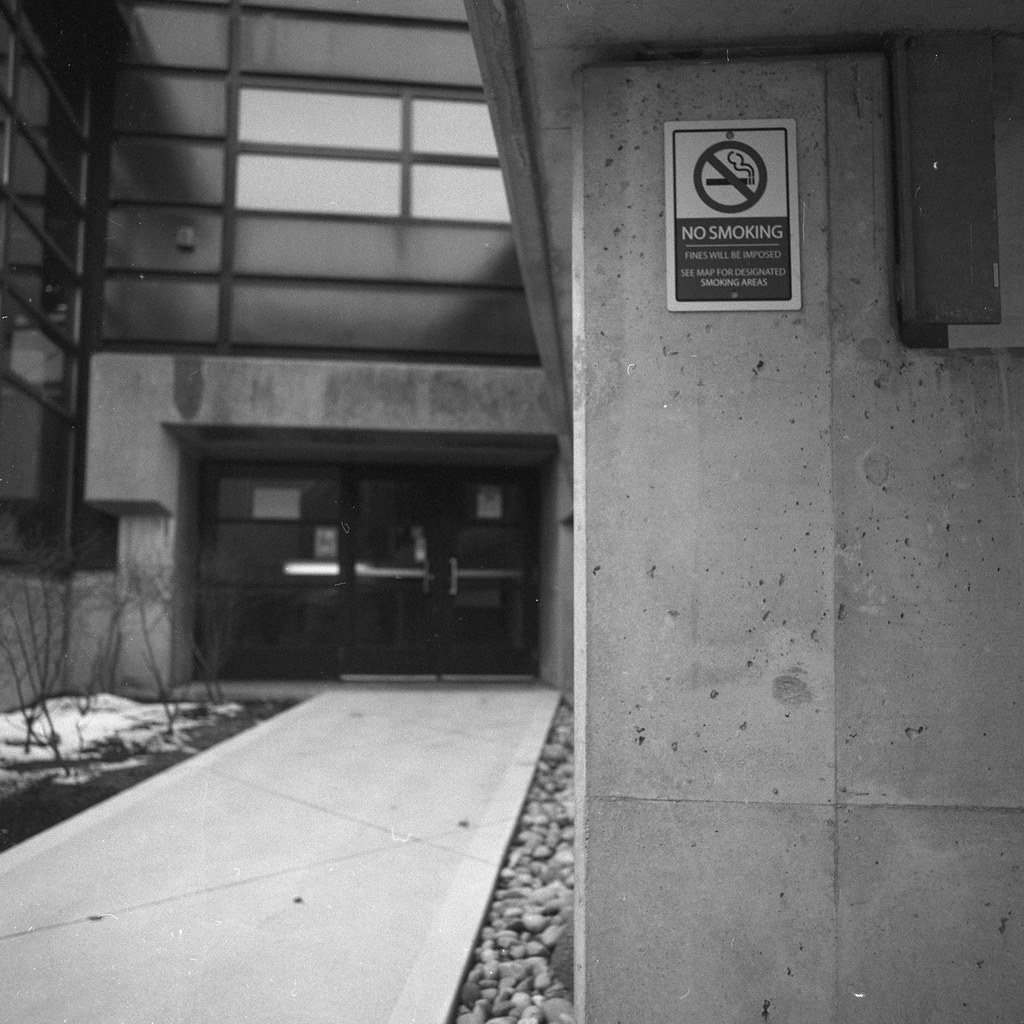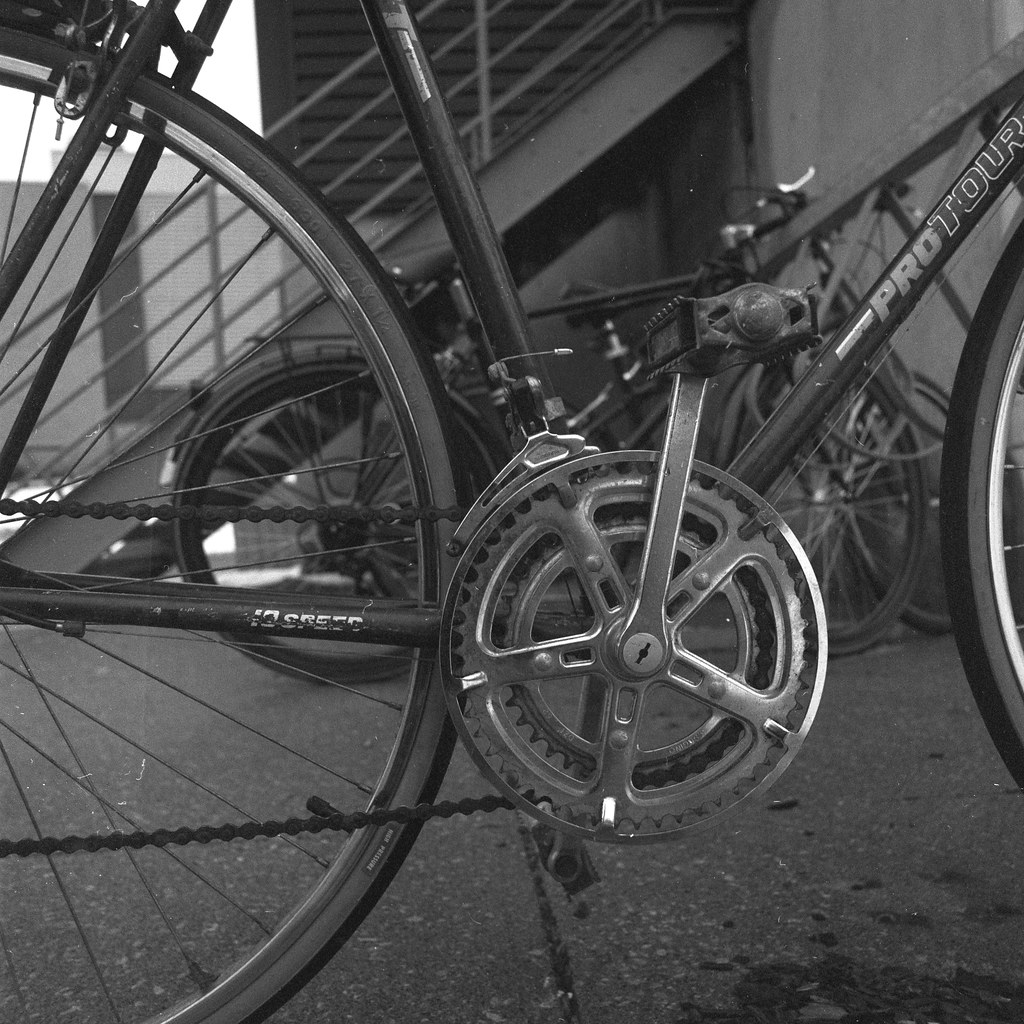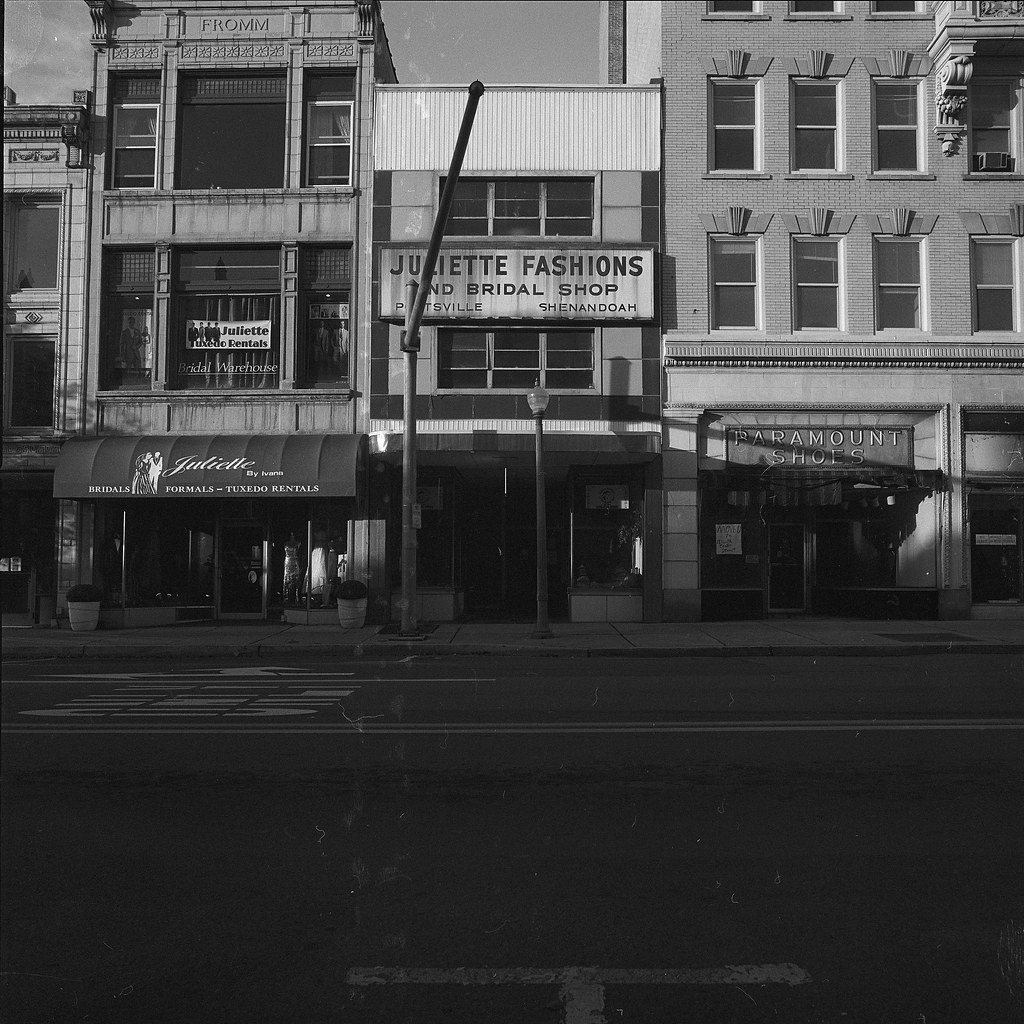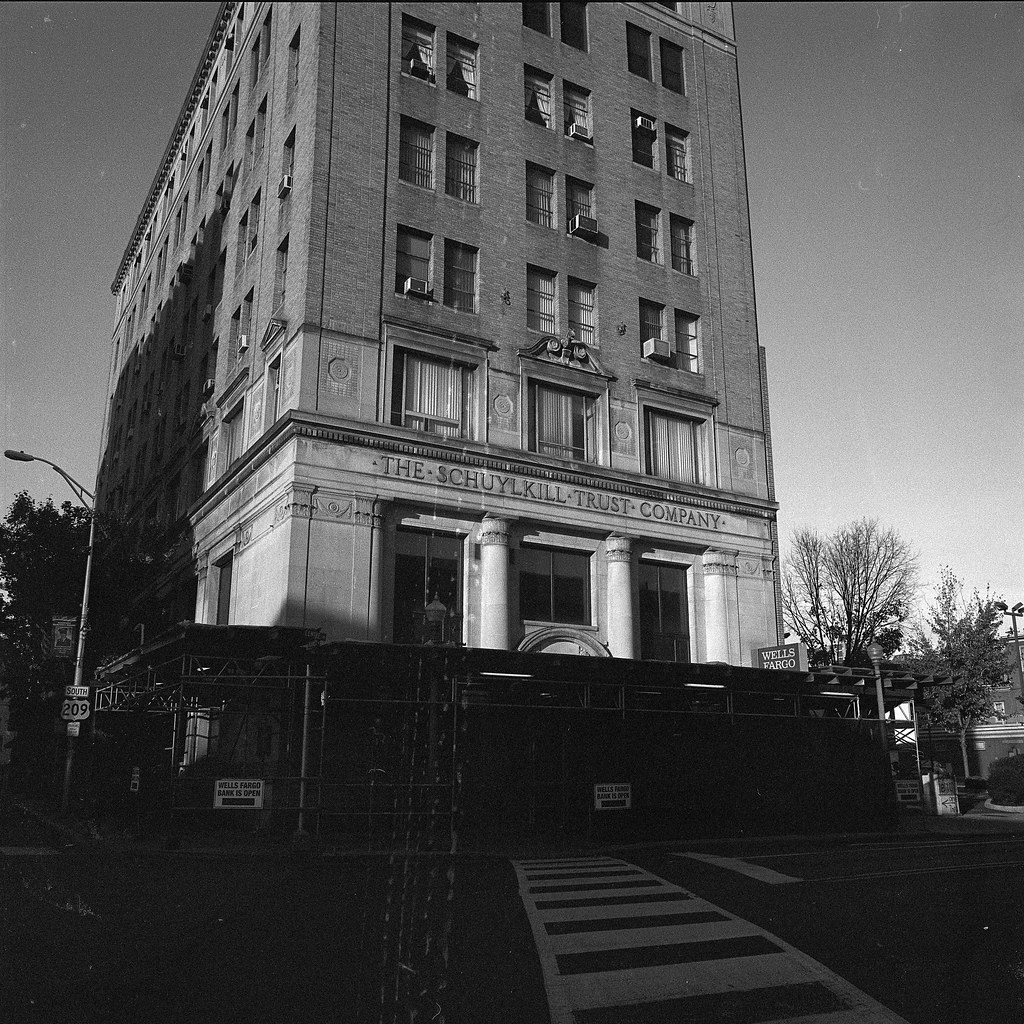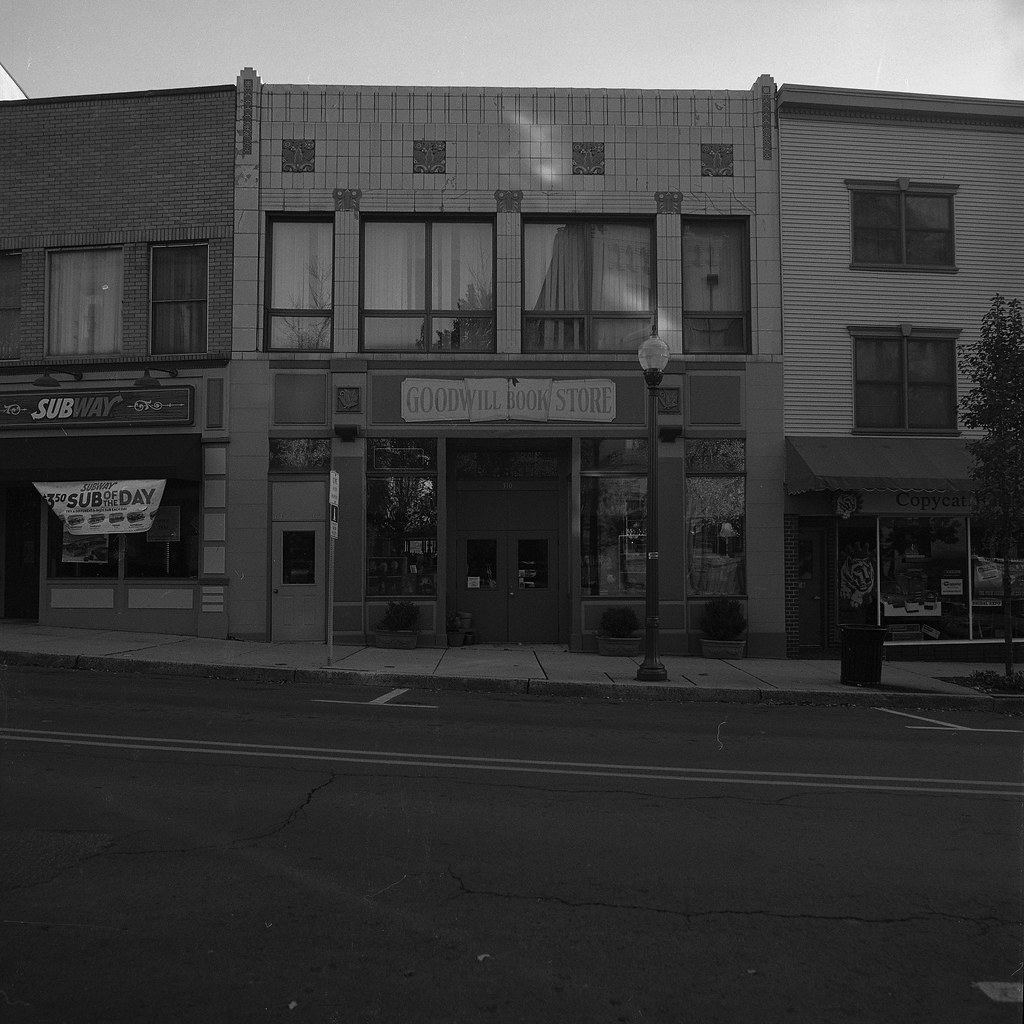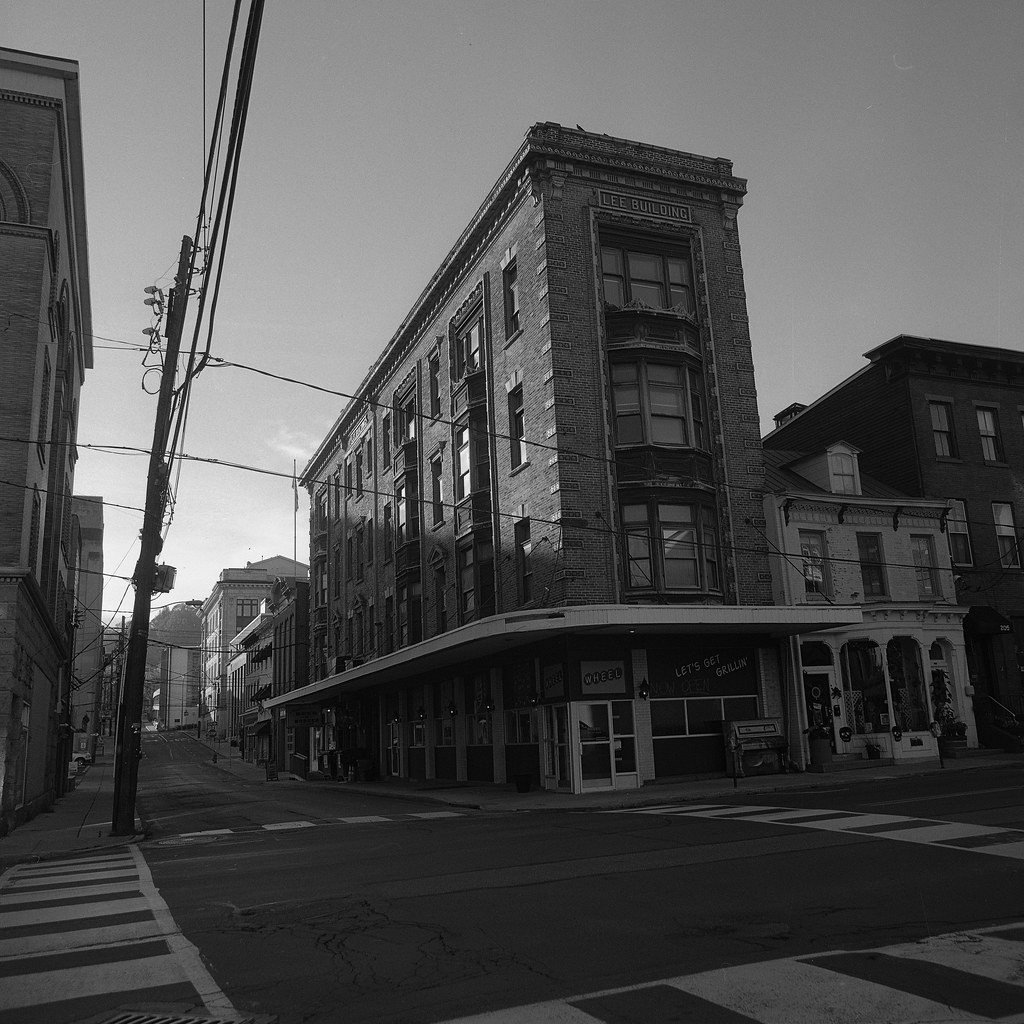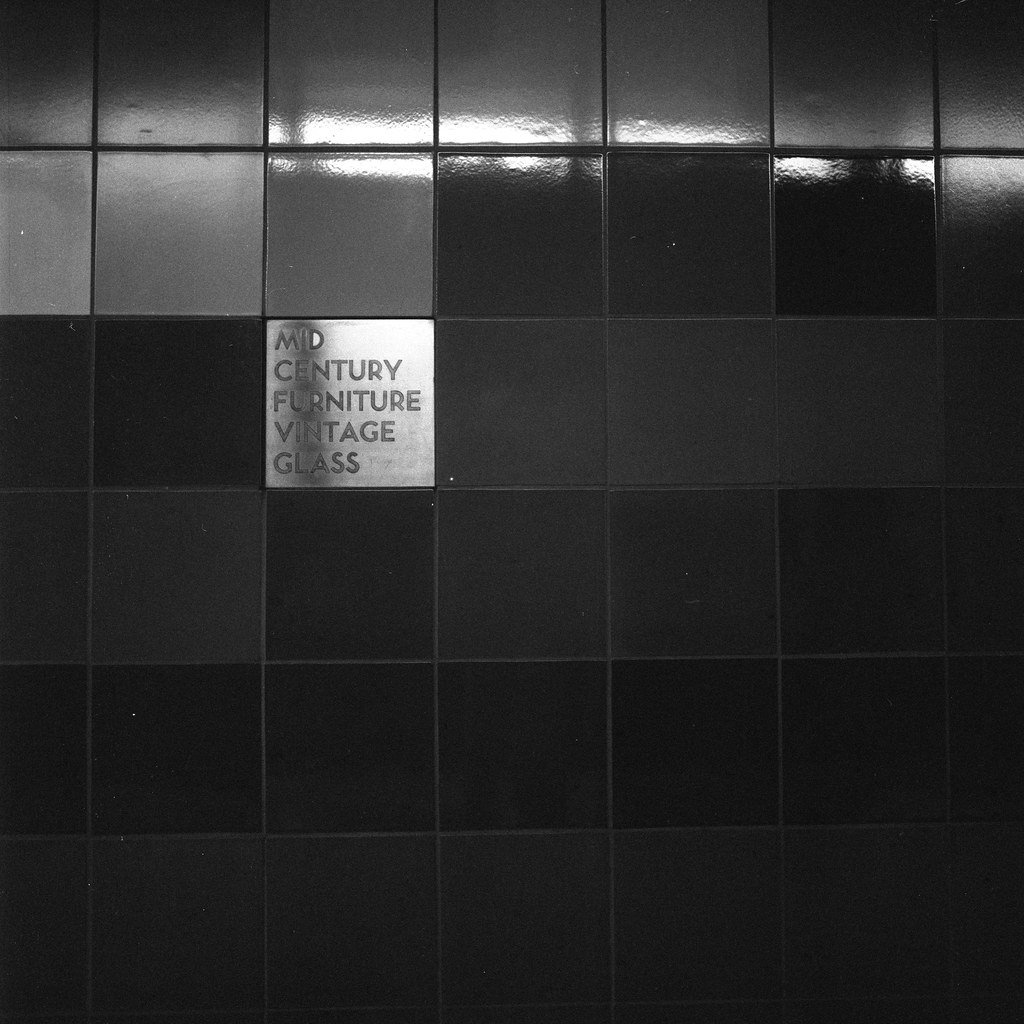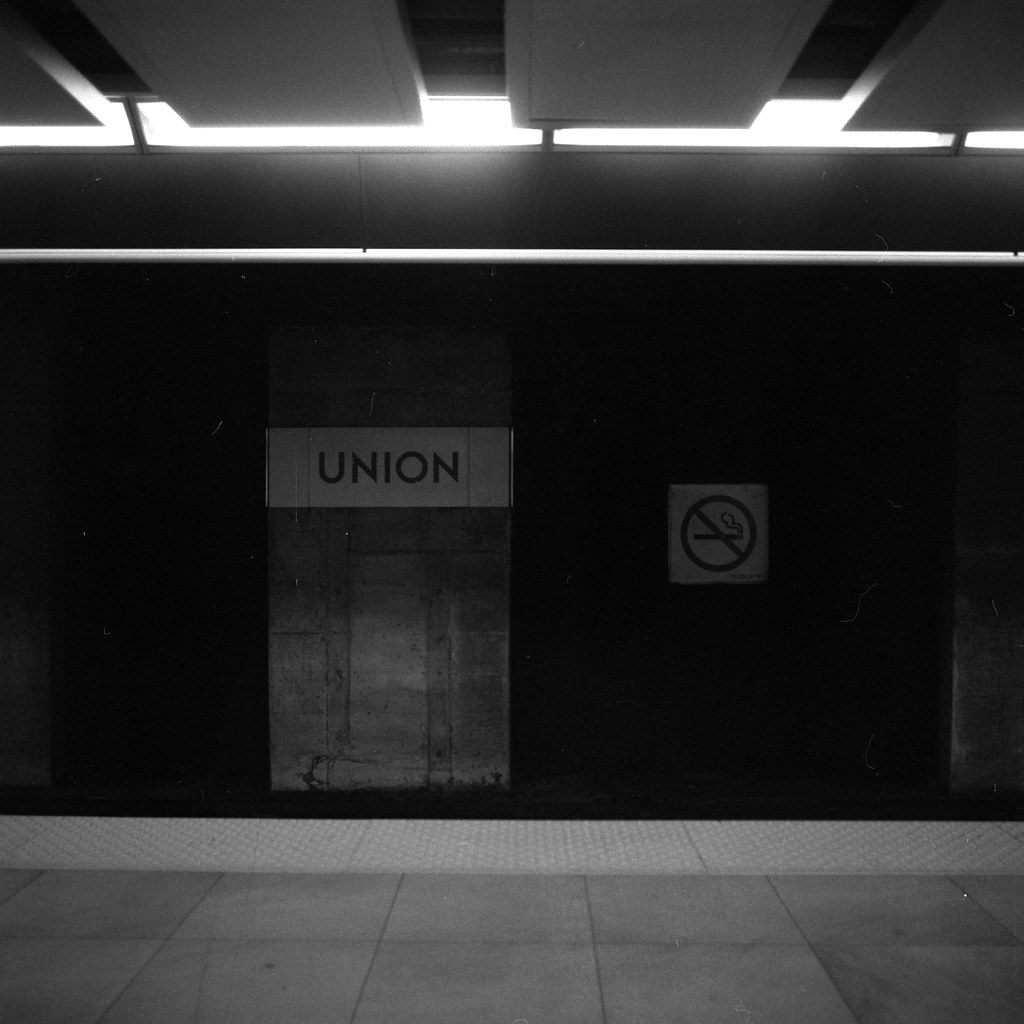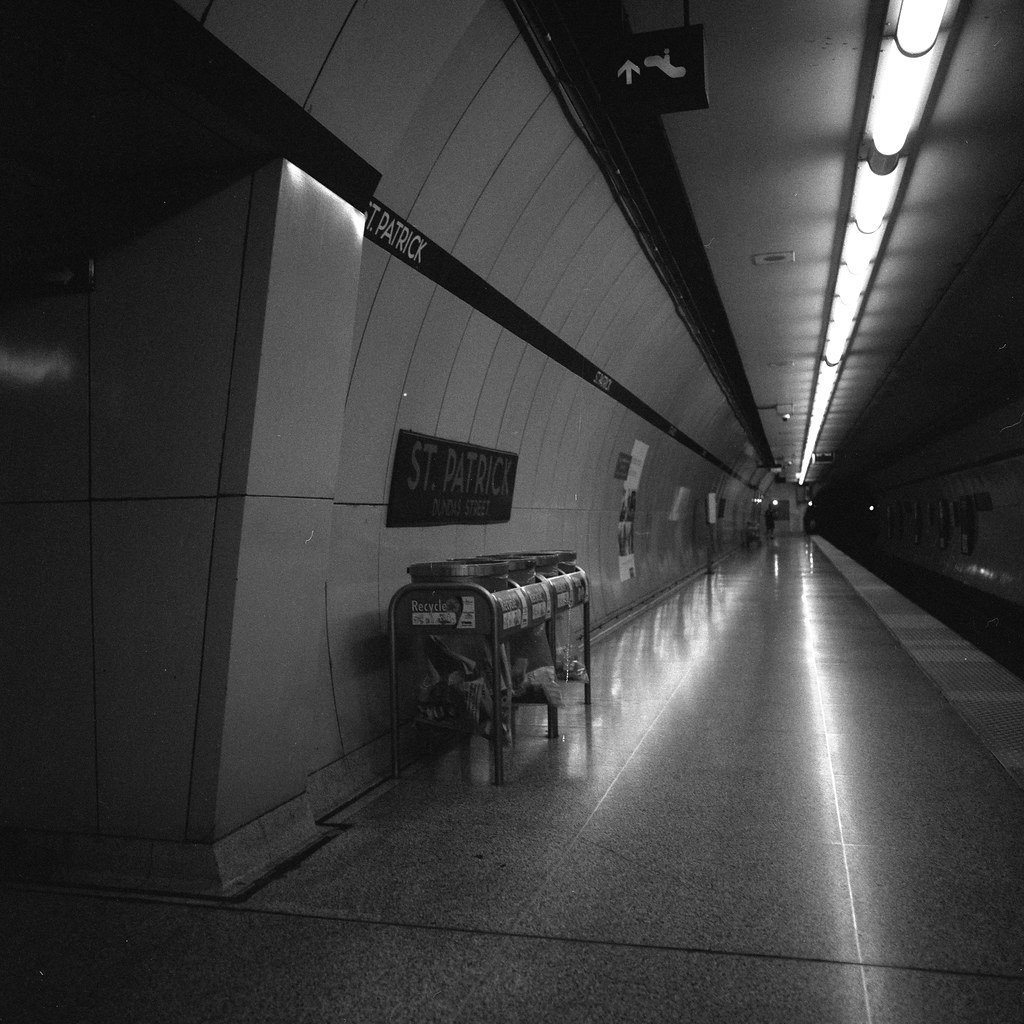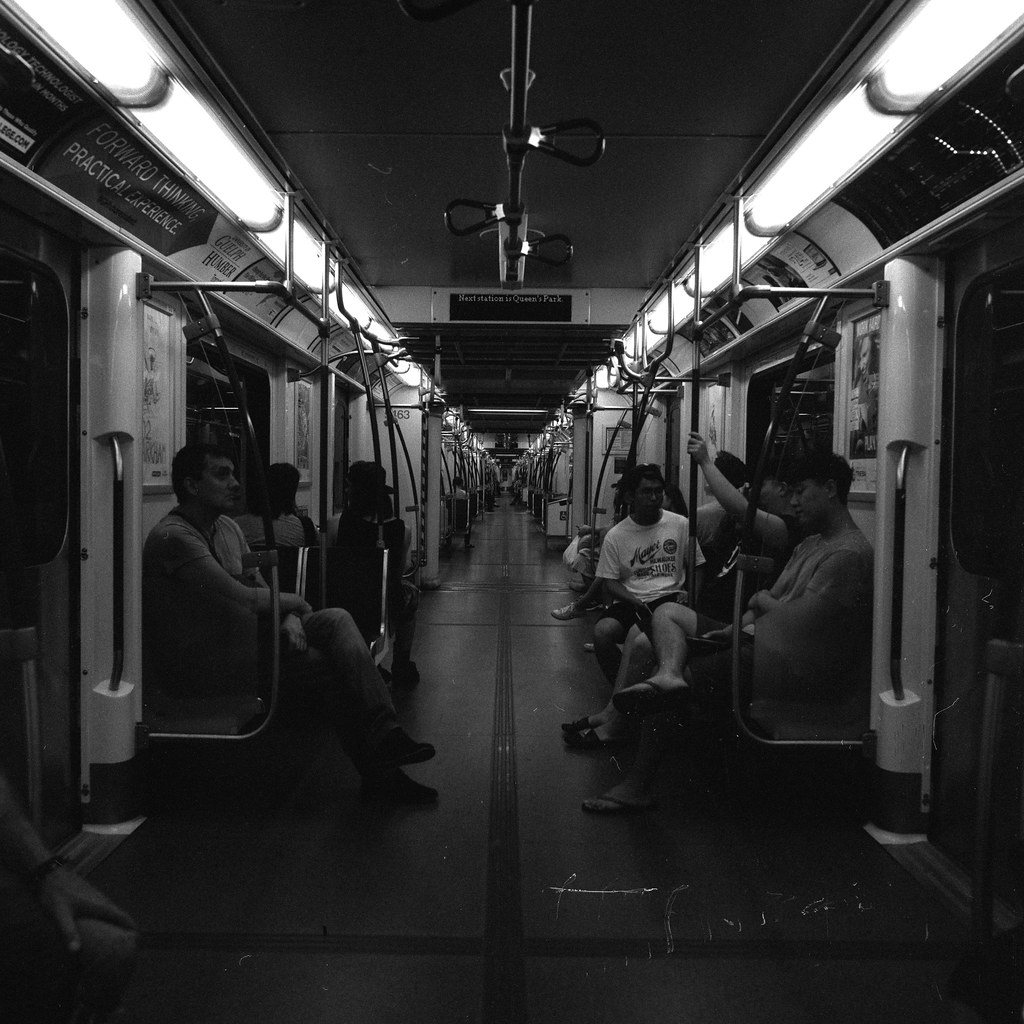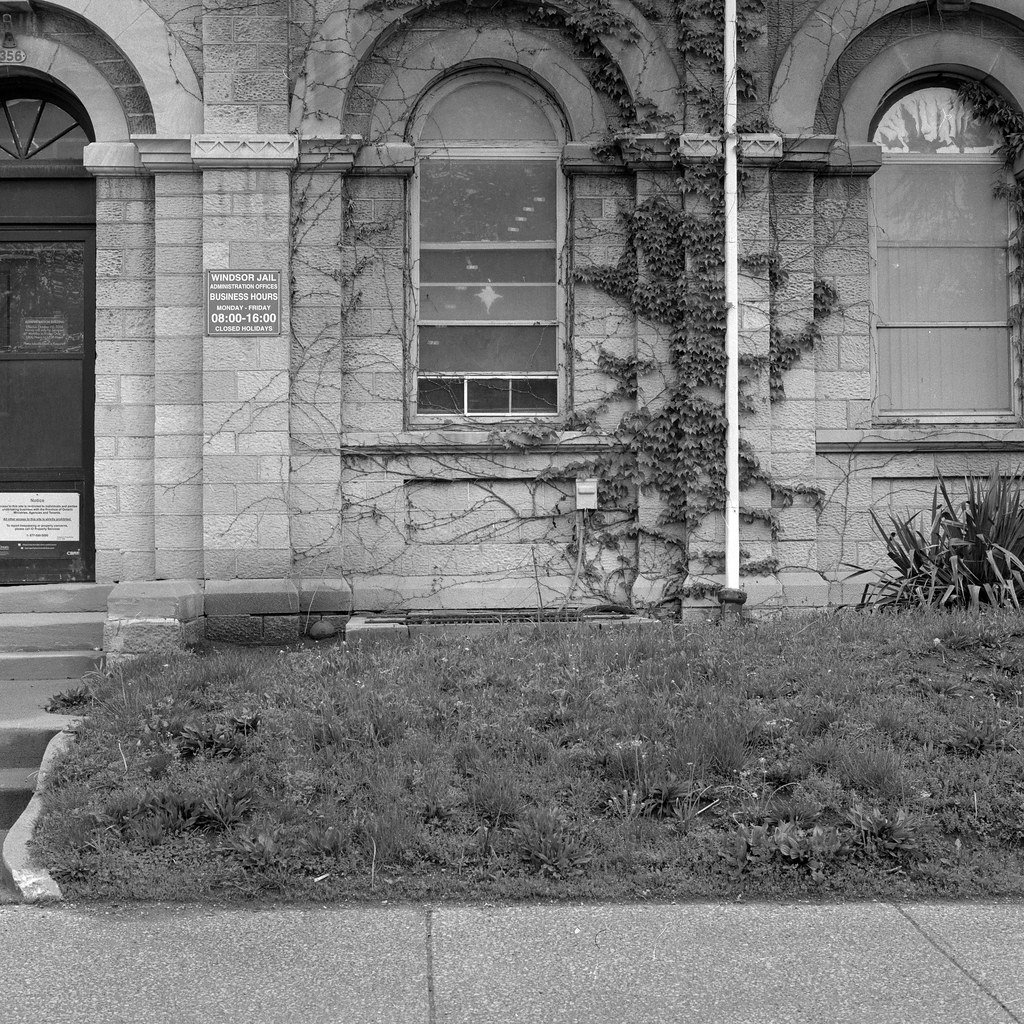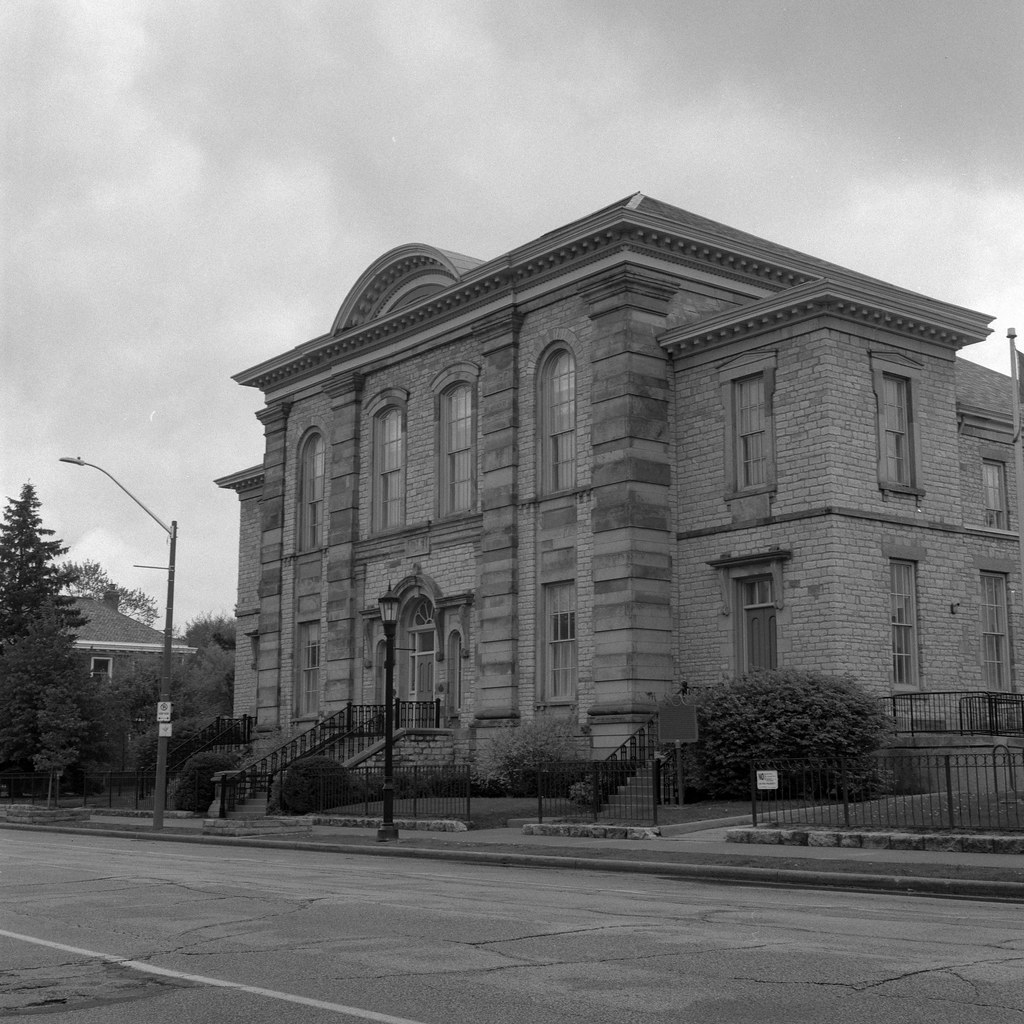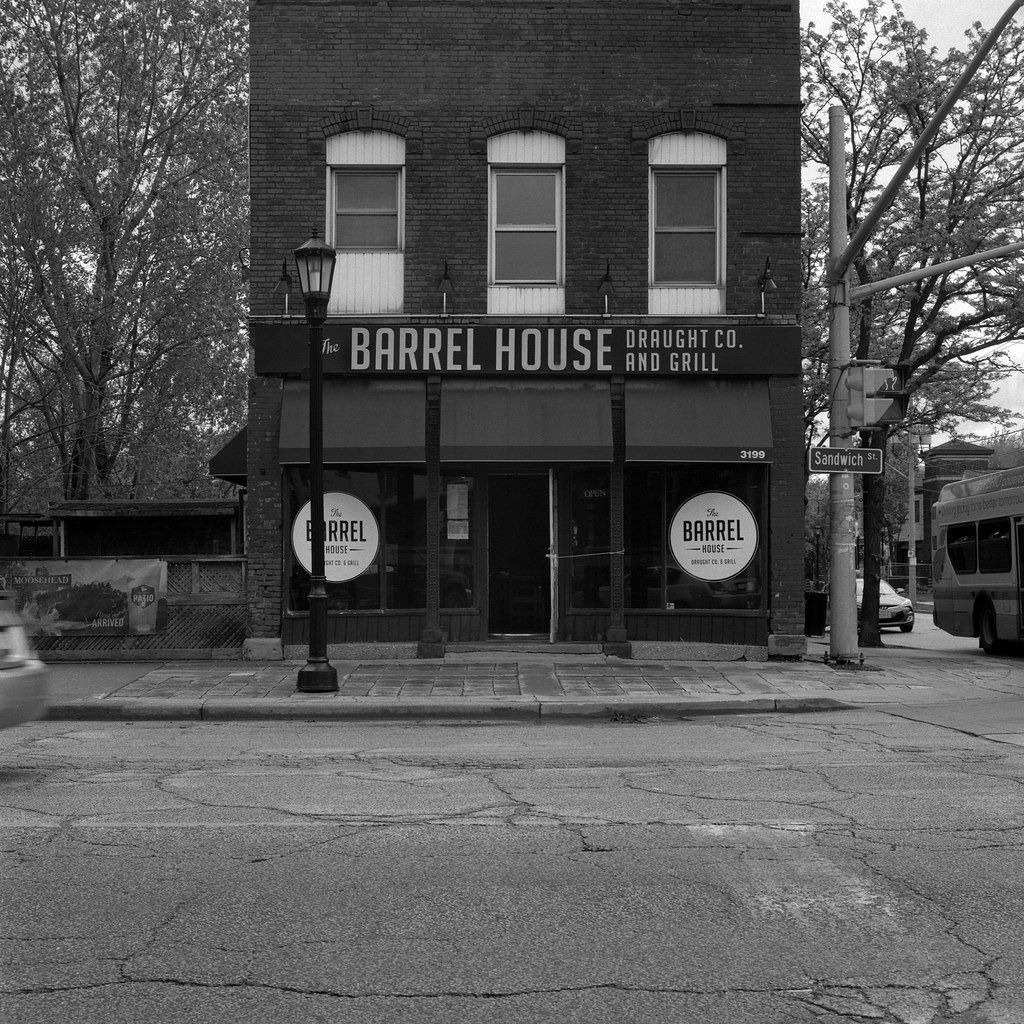I will always be the first to say I don’t like a film, and I usually have good reason to. And while RPX 400 remains something I won’t go out of my way to shoot, it isn’t a bad film. Like Tmax 400 and Delta 400 you really need to develop it right to get the best results. And while I can easily do that, there are still plenty other reasons the film remains it’s not a favourite. But then again the single roll of Agfa APX 400 I shot I was not too fond of either. But there are many who swear by the film, so I will give the film a fair rap.
Film Specs
Type: Panchromatic B&W
Film Base: Polyester (PE)
Film Speed: ASA-400, Latitude: 100-3200
Formats Avaliable: 35mm, 120, 4×5
Roll 01 – Rollei RPX-D
While RPX-D works wonderfully with RPX 100, I don’t find it a good choice for RPX 400. Then again the developer is designed for pushing and pulling RPX 400 more so than shooting at box speed. When shot at ASA-800 the results aren’t too bad, though I do notice a loss, in contrast, more greys than and a lack of blacks and whites. Oddly enough, when shot at ASA-800, the grain is actually finer than when I shot it at 400 and developed it in RPX-D.
Technical Details:
Hasselblad 500c – Carl Zeiss Planar 80mm 1:2.8 – Rollei RPX 400 @ ASA-800
Rollei RPX-D (1+7) 13:00 @ 20C
Roll 02 – Pyrocat-HD
It would be after using Pyrocat-HD that I really saw how RPX 400 could shine (though stand developing in Rodinal works rather well), the film comes out crunchy, sharp, yet the grain is far from noticeable. Deep contrast and harsh tones perfect for urban decay. There is a loss in film speed, but not surprised for Pyro based developers. But overall for using a high-speed film in a sharp developer, having Pyro helps because it can tame the grain.
Technical Details:
Hasselblad 500c – Carl Zeiss Planar 80mm 1:2.8 – Rollei RPX 400 @ ASA-320
Pyrocat-HD (1+1+100) 18:00 @ 20C
Roll 03 – Kodak HC-110
If you’re going to go fast, why not push it. But then again I did want to at this point explore getting some more contrast out of the film. Grain, you betcha! However, you do lose a bit in the shadow detail as you get contrast, a lot of it. Now HC-110 works well with RPX 400, at Dilution B and shot at box speed, and again shows off the film and that it isn’t too bad. But from a pushing point of view, I think HC-110 works far better than RPX-D.
Techincal Details:
Hasselblad 500c – Carl Zeiss Planar 80mm 1:2.8 – Rollei RPX 400 @ ASA-1600
Kodak HC-110 Dil. A 5:30 @ 20C
Roll 04 – Kodak D-76
If you want a good baseline to work from with any film stock, then D-76 is your developer. While there’s nothing special about any of these images, RPX 400 is not a special film to begin with, but I cannot complain about how well D-76 rendered the film. You have whites, blacks, and all the greys in-between. The grain isn’t too bad either, the contrast isn’t exactly where I want it to be, but that is just something I’ve come to expect from RPX 400, but as a baseline, there isn’t anything wrong with this combo.
Technical Details:
Rolleiflex 2.8F – Carl Zeiss Planar 80mm 1:2.8 – Rollei RPX 400 @ ASA-400
Kodak D-76 (Stock) 8:00 @ 20C
Final Thoughts
As I said, RPX 400 is not my favourite of the three RPX films, and that remains, I much prefer StreetPan, Tri-X, and HP5+ over RPX 400 and you know that’s fine. But you know there’s nothing wrong with the film it’s a solid performer in the world today and there are many people who enjoy shooting the film. But like the old APX films, even APX 400 took more of a back seat to the iconic APX 25 and even APX 100. But in a pinch and I can’t get my hands on Ilford or Kodak, Rollei RPX 400 will certainly be the next roll of film into my camera. You can pick up the film easily in some camera stores and even easier online.
